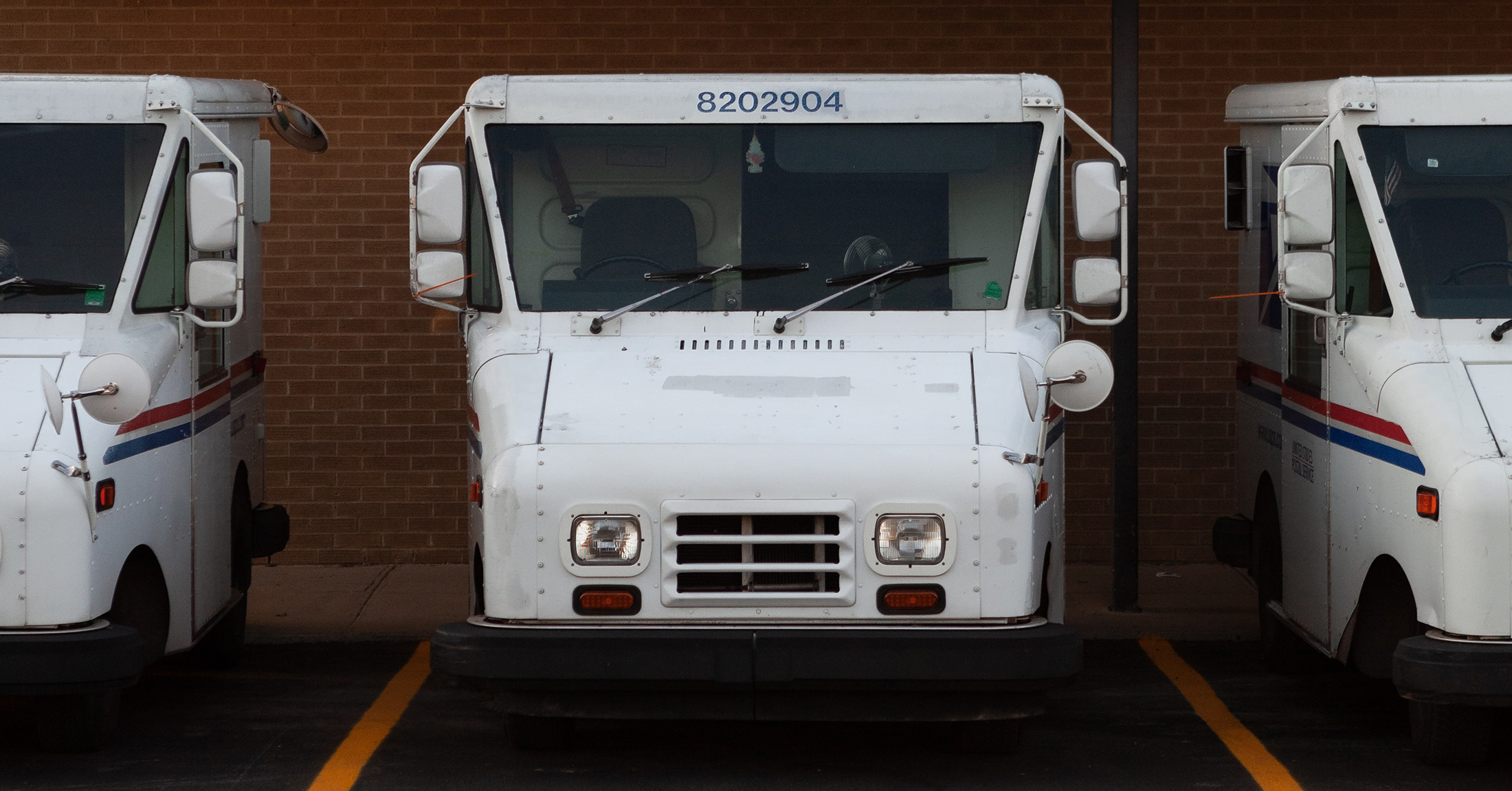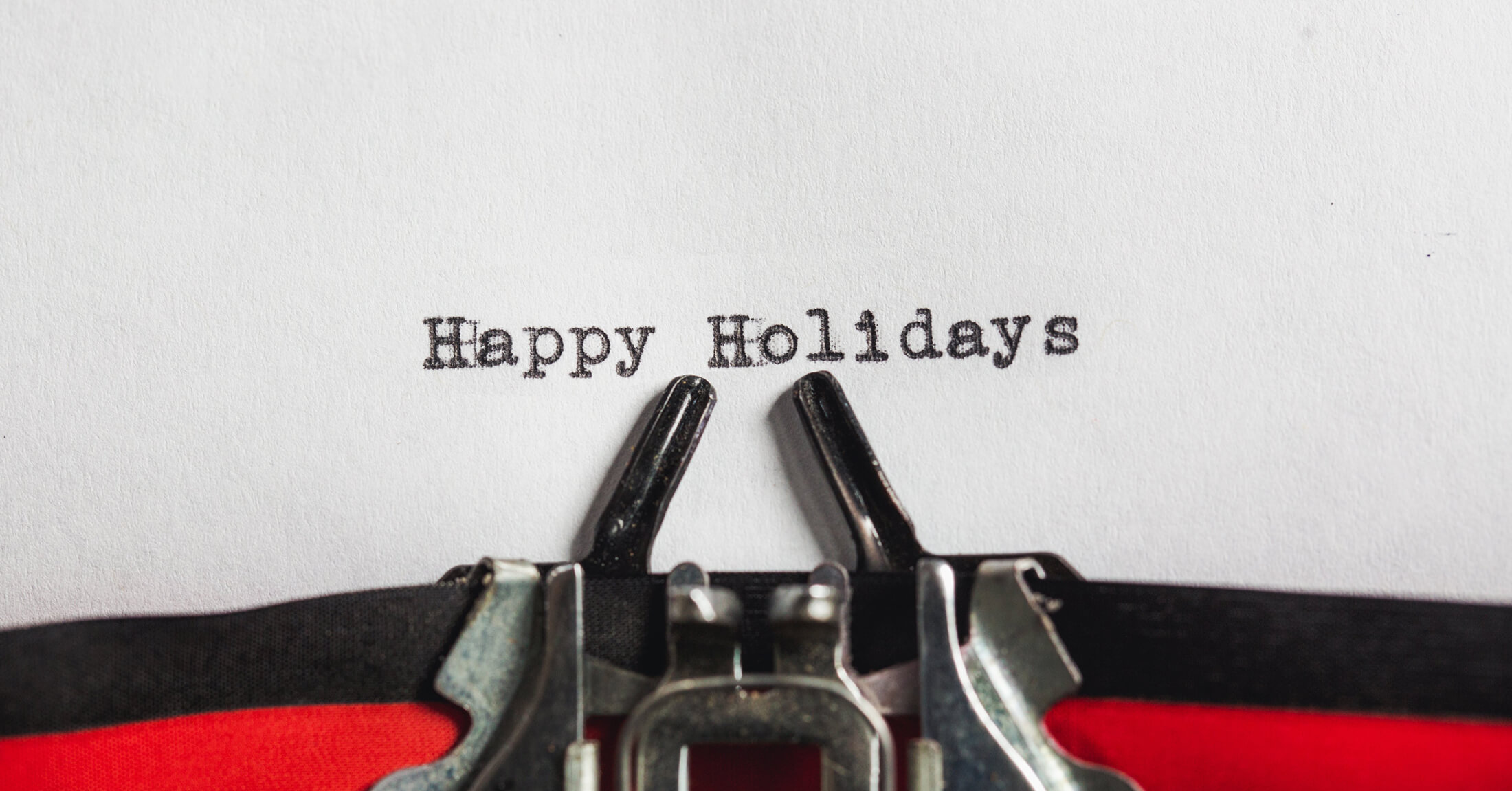There’s nothing worse than investing in a direct mail campaign and having your mail returned for various reasons, which can sometimes go unexplained. We are going to touch on the various ways the USPS validates your mail and get it to your desired destination.
Mailer Format Requirements:
There’s a standardized method in which your mail must be addressed. For your mail to even be considered there must be postage, an address, and return address on the letter.
Where to get Postage?
Depending on the size of your letter or even package (but that’s different topic all on its own), your direct mail will need postage. Postage can be bought just about anywhere – online, grocery store and even at your local USPS store.
How much postage?
If you’re sending simple pieces of mail by yourself, then there are a couple of basic options to purchase postage. If your mailer is a postcard, you can save about $0.18 and use first-class postcard stamps for their standard size of postcards. If you’re sending regular letters, it’s going to cost around $0.58 per letter to have it mailed as long as it meets their standard sizes.
What’s the correct address format for mail?
For all of your outgoing mail it will need a destination address and a return address clearly labeled on the mailer. The format is simple for both of these addresses. You will need a name, street address, city, state and zip code in the format below:
Frank Warner
123 Main Street
Suite #3000
Dallas, Tx 75202
Here’s a breakdown of each line of information:
| Name/Who it should reach: | Frank Warner |
| Street Address: | 123 Main Street |
| Second Street: (typically used for apartment complexes or office buildings) |
Suite #3000 |
| City, State & Zip Code: | Dallas, Tx 75202 |
Now, what happens at the USPS?
So far we’ve touched on the requirements of your mailer and what is needed to send direct mail. Once you’ve met these requirements, your mail is ready to send and can be delivered to the USPS.
When the USPS gets your mail, it’s going to be sorted by zip code in a complex web of machines at the USPS. From there, your mail is going to be delivered to the hub of the zipcode for the mailer destination. From there, it will be parsed out into smaller sub-routes for each mail carrier. From there, each mail carrier has a specific route in which they will hand deliver your mail to its destination.
In Summation:
The USPS sorts your mail by following the standards it has set in order to efficiently process large volumes of mail. To have your mail delivered, you will need to ensure that you have the correct postage and correct format for your mailer to be delivered.





Recent Comments